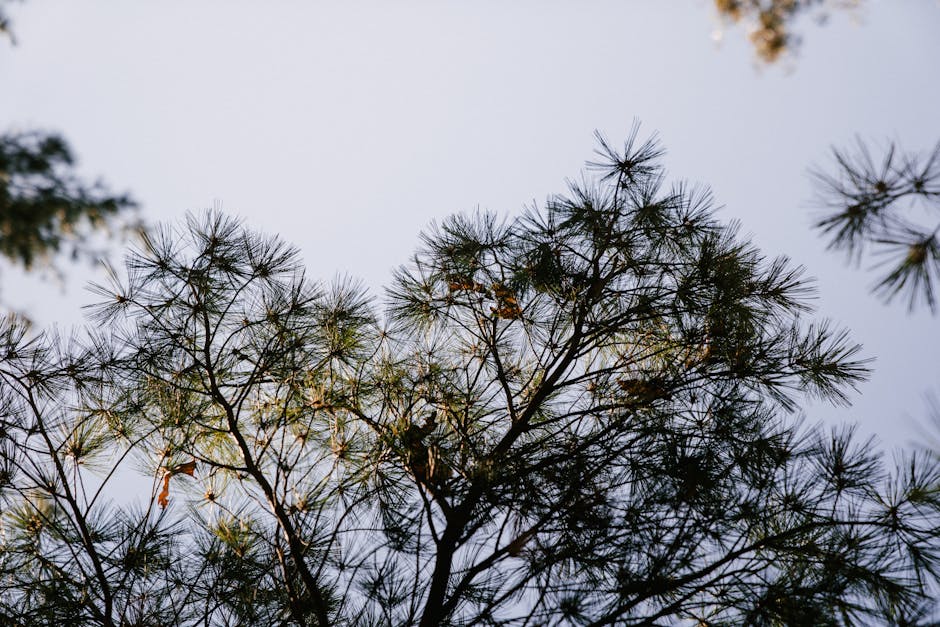Introduction to Low-Maintenance Landscaping Design
Creating a low-maintenance garden doesn’t mean compromising on beauty. With innovative landscaping design, you can have a relaxing outdoor space that doesn’t demand constant upkeep. The key is choosing plants that thrive naturally in your climate, minimizing the need for watering, pruning, and fussing. Also, by using durable materials and smart planning, you can design walkways, patios, and features that need less attention, leaving you more time to actually enjoy your garden. From selecting the right soil to the strategic placement of trees and shrubs for shade, every choice plays a part in reducing the workload. Get ready to transform your outdoor area into a self-sustaining retreat where nature does most of the work for you.


Benefits of a Low-Maintenance Garden
A low-maintenance garden isn’t just easy on the eyes; it’s easy on your schedule and wallet too. First off, you’ll spend less time weeding, watering, and trimming. This means more relaxation and enjoying your outdoor space rather than toiling in it. You’ll save money in the long run by not investing in pricey fertilizers or irrigation systems. Plus, these gardens are good for the planet. Using native plants conserves water and helps local wildlife thrive. It’s not just about less work; it’s about creating a sustainable, practical beauty in your own backyard.
Key Principles of Low-Maintenance Landscaping
Creating a low-maintenance garden is all about smart planning and choosing the right plants and materials from the get-go. First off, go for native plants; they’re accustomed to your climate and often fend for themselves. Now, group plants with similar water and sun needs together—this way, you’re not wasting time and resources. Secondly, think of mulch as your best friend because it helps prevent weeds and retains moisture. Third, pick out perennials over annuals—they bloom year after year, so you’re not replanting every spring. And let’s not forget hardscaping elements like rocks or gravel; they add texture without the fuss of constant upkeep. Lastly, consider a drip irrigation system. Sure, it’s an initial investment, but it targets water right to the roots of your plants, cutting down the need for regular watering. Stick to these principles, and you’re on your way to enjoying a garden that’s low on maintenance but high on charm.
Choosing the Right Plants for Your Garden
Picking the right plants isn’t just about what looks good; it’s about making smart choices for a garden that thrives with minimal fuss. Go for native species; they’re already adapted to your local climate and soil, which means less watering, feeding, and fighting off pests. Consider perennials that come back year after year, saving you from replanting. If you’re keen on adding non-native plants, choose ones that are not too picky about conditions. Also, group plants with similar needs together to make watering and maintenance quicker. Succulents and hardy grasses are great choices for drought-tolerant areas. A simple rule of thumb—the right plant in the right place—can save you a ton of work.
Utilizing Mulch and Ground Covers
When you want a garden that’s easy to maintain, using mulch and ground covers is a trick of the trade. Let’s dig in. Mulch is like a blanket for your soil – it keeps moisture in, suppresses weeds, and feeds the earth as it breaks down. Organic options like wood chips, straw, or bark do the job and improve your soil over time.
But don’t stop there. Ground covers are low-growing plants that spread to form a living carpet in your garden. Think of them like nature’s own mulch. They block weeds, retain moisture, and can add a pop of color. Plus, they’re tough. Once established, ground covers rarely need watering or other care. Look for varieties that thrive in your climate, and you’ll be on your way to a garden that asks for less but gives back more.
Incorporating Hardscape Elements
Laying out a garden isn’t just about the greens. Hardy hardscape elements like stone paths, patios, and retaining walls mix it up and cut down on maintenance big time. They keep your garden looking sharp with less effort. When you pitch in stuff like pavers and gravel, you’re taking a load off your back because they don’t need as much care as your thirsty plants and lawns. With a solid hardscape game, you can look forward to more chill weekends, less sweating with a mower or the shears. Plus, they add a steady, cool look to your garden that greens just can’t beat on their own. Get your garden’s tough side showing; it’ll save you time and keep it looking top-notch.
Installing an Efficient Irrigation System
Getting your garden an efficient irrigation system is key to cutting down your yard work while making sure your plants thrive. Drip or sprinkler systems can be game changers. They bring water straight to the roots with drip systems or cover larger areas with sprinklers, maintaining the right level of moisture without overdoing it. In this setup, watering happens on schedule, so no more dragging hoses or hand-watering unless you’re in the mood for hands-on plant time. Remember, a professional can tailor the system to match your local climate and your garden’s specific needs. A smart irrigation system could cost you, but the savings on water and time might just balance it out in the long run.
Maintenance Tips for a Lasting Landscape Design
A low-maintenance landscape is all about making smart choices. Pick plants that are native to your area because they adapt better and need less pampering. They’re like the locals of the plant world; they just know how to thrive in their hometown. Mulch is your best friend here. It’s like a blanket for your plants, keeping weeds at bay and moisture in the soil. And remember the rule of thumb—less lawn equals less work. Swap out some of that thirsty grass for ground covers or gravel paths. They look sharp and they don’t need a weekly trim. For your watering routine, think of drip irrigation. It’s like giving your plants a steady sip of water right at their roots, which is way more efficient than overhead sprinkling. You’ll save water and time. Lastly, stick with perennials rather than annuals; they’re the gift that keeps on giving, year after year. No need to replant each season. Keep it simple, think sustainable, and enjoy your garden without becoming its full-time servant.
Common Mistakes to Avoid in Garden Planning
When you kick off your garden project, steer clear of the trap of neglecting to plan. It’s tempting to buy plants that look awesome in the store, but resist. Instead, think about your garden’s overall layout. Ask yourself how much sun or shade each area gets. Plants are like us; they need the right home to thrive. Picture your garden in all seasons – will it still look good in winter?
Another blunder is playing it too safe with plant choices. Sure, go for some easy ones but add a few that are a bit out there. Diversity can make your garden resilient and give it character. And don’t be stingy on the spacing; plants grow! Give them room to reach their full potential, or they’ll end up fighting for space and nutrients.
Watering woes are real. You might think more water equals happier plants, but no, it’s a balance. Too much or too little can send your plants to an early grave. Set up a watering system that meets the specific needs of your plants and consider the climate you live in.
Lastly, be realistic about maintenance. If you’re not into gardening every weekend, pick plants that are low-fuss. Think about the future. Those adorable bushes might look nice now, but if they need trimming every month, are you up for that?
Keep your eyes wide open, take deliberate steps, and your garden will be the chill haven you’re aiming for.
Wrapping Up: Enjoying Your Low-Maintenance Outdoor Space
So, you’ve done the hard yards, and now you’ve got yourself a garden that’s as low-maintenance as they come. Nice one! Enjoy the fruits of your labor without the constant upkeep. Your space is primed for relaxation and leisure, not endless weekends of weeding and pruning. Kick back in your outdoor sanctuary and savor the extra time on your hands. Host a cookout, read in the tranquility, or play with the kids — your low-maintenance garden’s ready for whatever you want to throw at it. Remember, the whole point was to reduce your to-do list and increase your chill-out time. You’ve earned it, so go ahead, soak up the benefits and let your garden do its thing.





